The eagle and the serpent: rethinking their relationship
The intertwined serpent and eagle are not exclusive to Mesoamerican cultures, they are also found in India, Egypt, Agrigento, and other places. What are the interpretations that the eagle and the serpent have had in the imaginations of the peoples? What do they reveal and what do they hide from us?
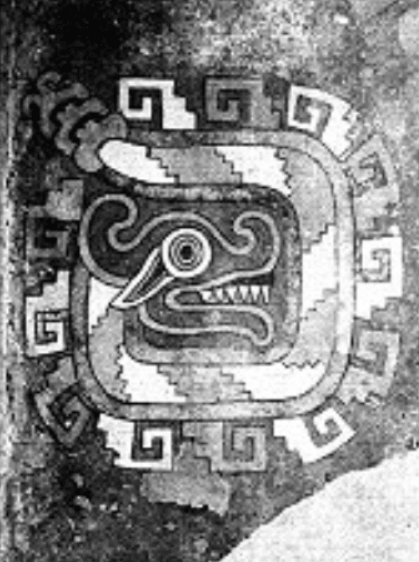
In the codices, stelae, sculptures, and other evidence of the most ancient corn cultures there are recurrent images in which the eagle and the serpent appear, often linked to each other. In the case of the Mexicans, Quetzalcontl, whether it is the Aztecs, or Kukulkan, among the Mayans, refers us to the feathered serpent that in itself integrates the terrestrial waters and the celestial waters, becoming over time the man-serpent-eagle god participant in the creation of the Fifth Sun and center of various mythical stories, the discovery of the maze, the invention of the calendar, the arts and sciences, the creation of the new man of corn.
As invocations of Coatlicue, the personification of the earth, we find Cihuacoatl -woman serpent, protector of the twins- who transform into Cuauhcihiatl -woman eagle, with attributes of warrior-, who appears as the deity that presides over the women who die in childbirth, a fact considered at the height of heroic action, proper of the warriors. The eagle also appears in one of the military orders of the Aztecs -the Eagle Knights-, in the destiny of the heart of the sacrificed warriors -feeding the solar eagle-, likewise, the serpent, on its own, appears among many other deities and landscapes.
However, the serpent and the eagle entwined are not exclusive to Mesoamerican cultures, they are also found in India, Egypt, Agrigento, and other places. Now, what are the deepest interpretations that the eagle and the serpent have had in the imagination of the peoples, what have been some of the emotions, feelings, beliefs, and rituals that these symbols have set in motion in the course of time and societies, what do they reveal to us and what do they hide from us?
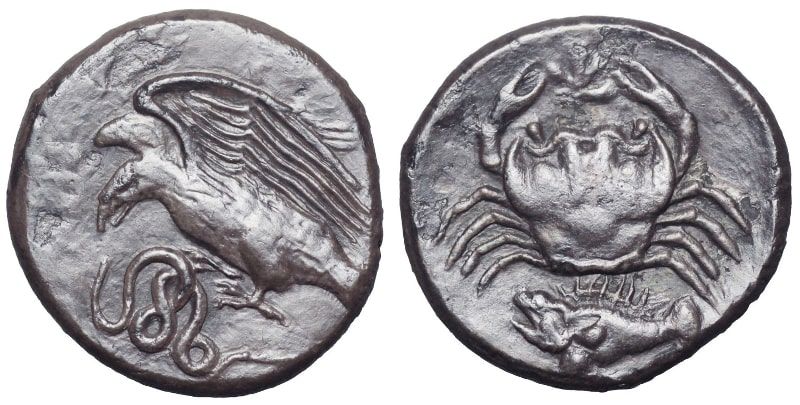
The eagle
Recognized as the highest-flying bird, it has the quality of dominating, majestic, celestial spaces and the gift of flying over the sun without blinking. Descending from the sun, it radiates warmth, energy, and life; it soars to carry the dead on its wings to the celestial regions. Its penetrating sight and its perspicacity speak of its intellectual transcendence, as well as its participation in the art of augury, which is why it is the most precious bird for Zeus. However, the fact that it lives in the heights and looks far away seems to make it lose sight of what is close to it, a trait that turns into arrogance, hence the phrase of the ancient Latin Aquila no capit muscas - The eagle does not hunt flies.
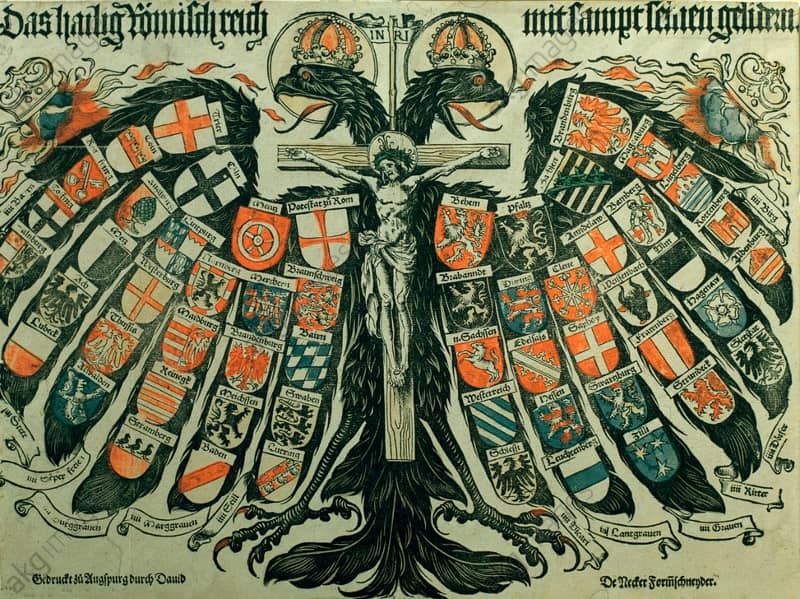
Its courage and bizarreness make it one of the favorite motifs of European heraldry since its appearance as the insignia of the Roman legion. As a double-headed eagle, with the will of empire, we find it among some peoples of Asia Minor, in the coat of arms of the Germanic Roman emperor, in the House of Austria, in the Russia of the Czars. But the eagle also has other dark sides directly linked to its predatory nature and its ability to dominate without limits or measure, the power that deteriorates and becomes cruelty and oppression.
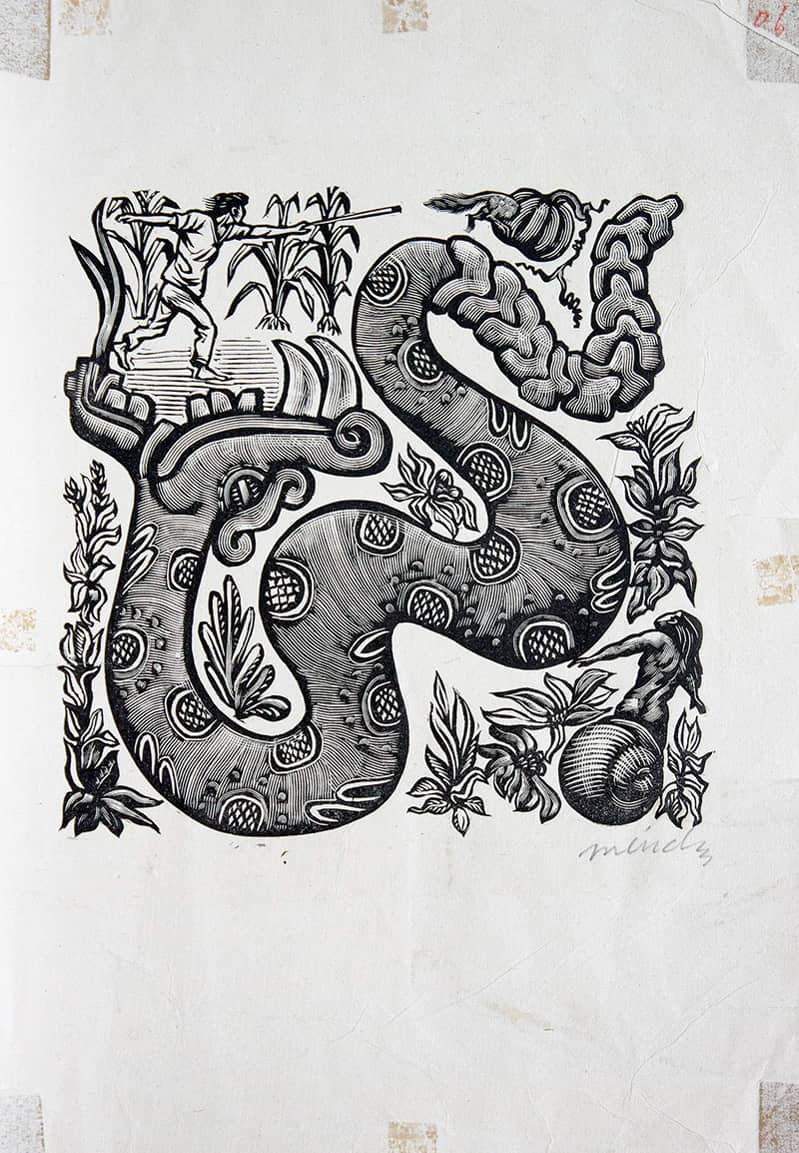
The serpent
Over the centuries, the Christian mentality of Western societies has contributed to forming an attitude of rejection and repulsion towards the serpent by fundamentally emphasizing its negative qualities, since there are many representations of it as the obstacle that must be overcome to reach the higher planes of spiritual realization, as the enemy of the light, the sun, and the celestial regions. However, with ample diurnal and nocturnal powers, the enigmatic serpent leads us to the very source of life and death.
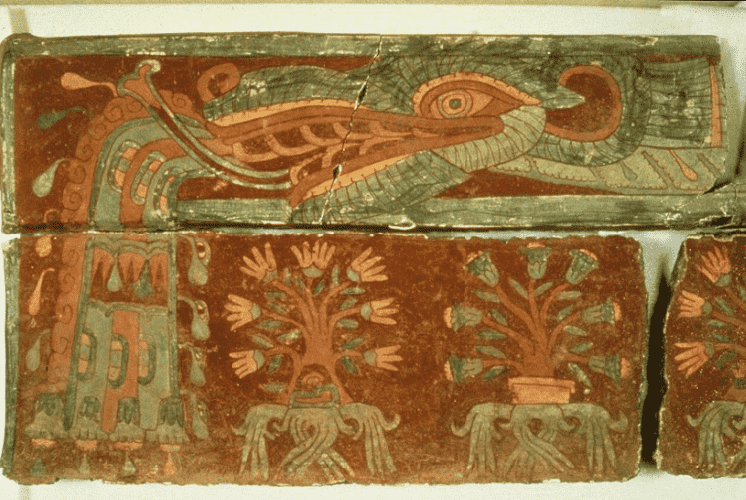
Its condition as an ophidian tells us of a life that is not elementary in appearance but is exempt from complexities. Dwelling, the earth, puts it in contact with the lower world and the kingdom of the dead, with the oceans, with the primordial water and the deep earth, where the first and last vital fluids originate, from which everything emerges and to which everything returns. Thus, in the Book of the Dead, it says: "I am that which remains".
Its vital energy and its ability to regenerate manifested in its ability to change skin, making it the favorite animal in the emblem of medicine. The source from which emanate the imagination and creativity, also makes the serpent the gift that presides over the arts, divination, knowledge, and wisdom. Not for nothing Isis and Athena keep it as an attribute, while Zeus incarnates in it to regenerate.
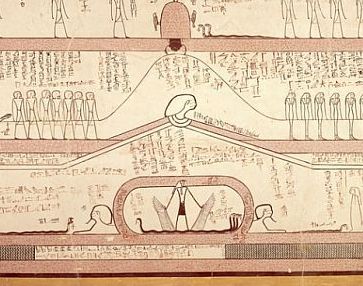
Its complementarity
While it is true that the eagle can fight battles in which it destroys the serpent, showing the struggle between the forces of good and evil, it is also true that we can give play to many other interpretations in which the eagle devours the serpent. To devour is not necessarily to reduce to pieces; it is to engulf, to integrate, to assimilate, it is not to lose sight of the game that is established between devourer and devoured, and here we refer to the symbolic complementarity that is woven between the eagle and the serpent because in their opposition they express the unity of the material and spiritual forces, of the terrestrial and celestial regions, of the telluric and solar energies, chosen as the center from which the Mexicans would found their place of abode.
By María Esther Aguirre Lora




